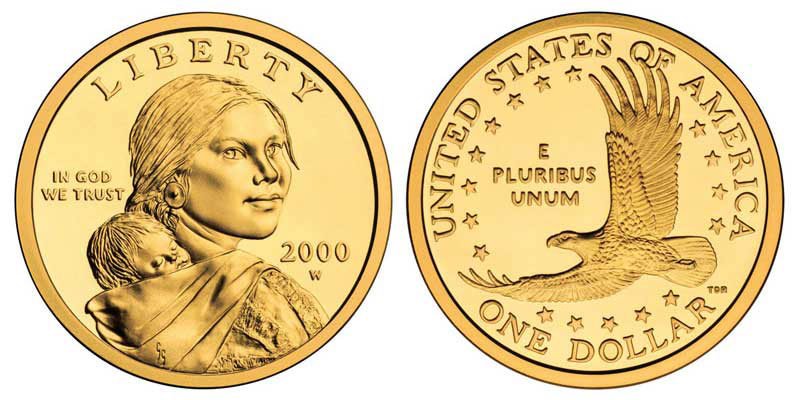The U.S. $1 coin has a rich history that reflects the nation’s economic evolution and cultural milestones. While many Americans are more familiar with the paper dollar, the coin has its own unique story worth exploring.
A Historical Overview
The first official U.S. $1 coin was minted in 1794. This early version, known as the Flowing Hair dollar, featured a design that symbolized liberty and independence. Over the years, the design of the coin has changed multiple times, with notable series including the Morgan dollar, the Peace dollar, and the Eisenhower dollar in the 20th century.
In 1979, the U.S. Mint introduced a smaller, lighter $1 coin known as the Susan B. Anthony dollar. Although it aimed to promote the use of coins over paper currency, it struggled to gain widespread acceptance due to its similarity in size and color to the quarter.
The Sacagawea and Presidential Dollar Coins
The introduction of the Sacagawea dollar in 2000 marked a new chapter in the story of the $1 coin. This golden-colored coin honored the Native American woman who assisted Lewis and Clark on their expedition, symbolizing contributions made by women and Indigenous peoples in American history.
In 2007, the Presidential $1 Coin Program was launched, featuring coins that honored each U.S. president. This series aimed to promote coin circulation and educate the public about presidential history. Despite the initial excitement, the program faced challenges, including limited public interest and the fact that many people continued to favor paper bills.
The Decline of the $1 Coin
Despite various attempts to promote the $1 coin, including initiatives from the U.S. Mint, the coin has struggled to find a permanent place in everyday transactions. The convenience of paper currency and the prevalence of digital payment methods have contributed to its decline.
Why the $1 Coin Matters
- Historical Significance: The $1 coin represents important milestones in U.S. history, including the fight for women’s rights and the recognition of Native American contributions.
- Economic Impact: Coins can be more durable than paper currency, potentially saving the government money in the long run. The transition to more coin use could lead to significant savings in production and replacement costs.
- Collectible Value: For collectors, the $1 coin offers a wealth of historical designs and variations, making it an exciting area of numismatics. Coins like the Morgan and Peace dollars remain highly sought after.
The Future of the $1 Coin
As we look to the future, the fate of the $1 coin remains uncertain. While it faces challenges in a rapidly changing economy dominated by digital transactions, its historical significance and potential benefits could inspire renewed interest. With ongoing discussions about the modernization of currency and payment systems, the $1 coin may yet find its place in the hearts and pockets of Americans.
Conclusion
The U.S. $1 coin has a fascinating history that mirrors the complexities of American society and its economy. Whether you’re a collector, a history buff, or simply curious about currency, the $1 coin is a reminder of the nation’s past and its ongoing evolution. As we move forward, it will be interesting to see how this little piece of history adapts to the modern world.
If you enjoyed learning about the U.S. $1 coin, consider sharing your thoughts or any experiences you have with it in the comments below!

